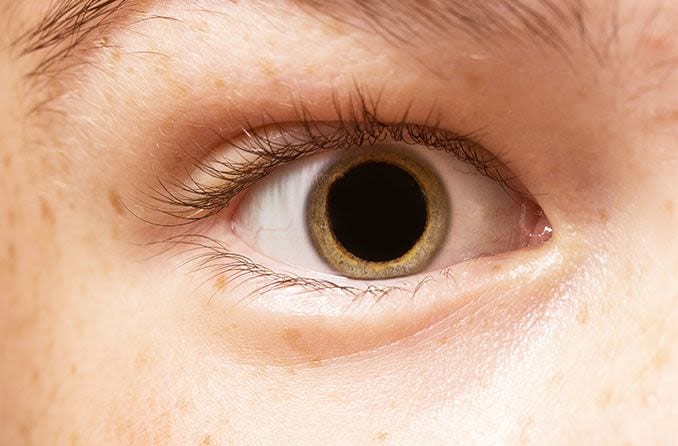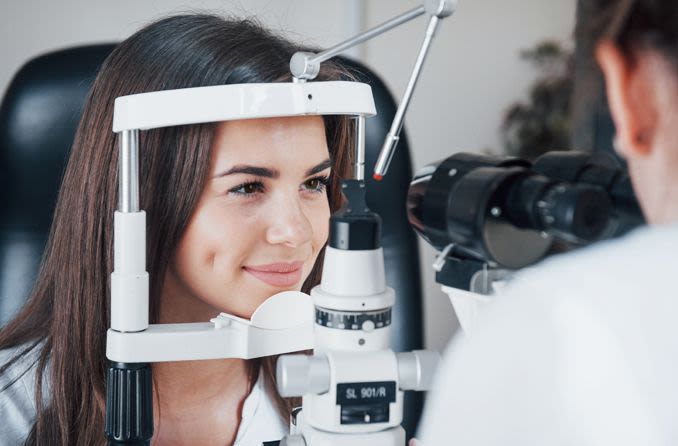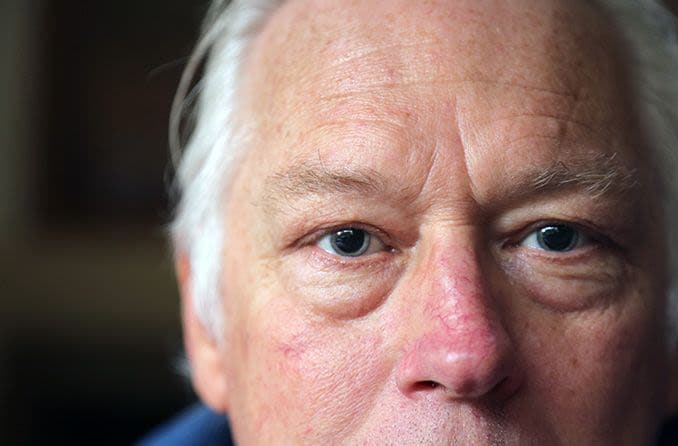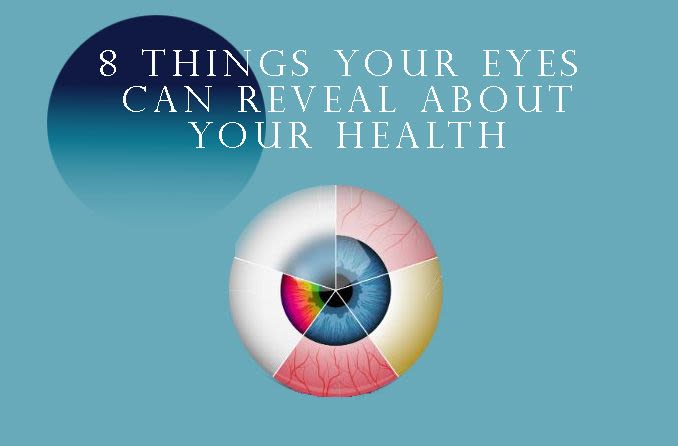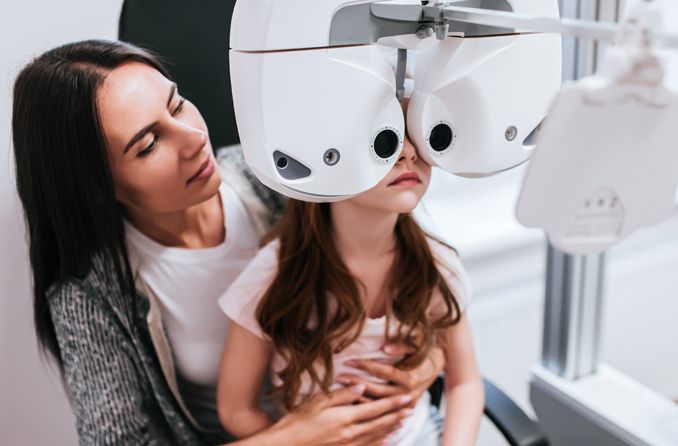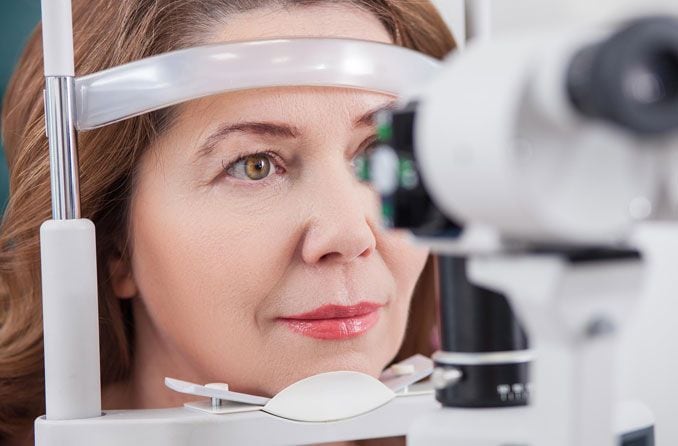When you have 20/15 vision, it’s sharper than average. In fact, it’s better than 20/20 vision. Yet neither 20/15 vision nor 20/20 vision is necessarily perfect. Read on — and remember to put on your reading glasses if you need them — to learn more about 20/15 vision.
What is 20/15 vision?
With 20/15 vision, you can see a line on what’s known as the Snellen eye chart at 20 feet that the typical person with 20/20 vision can see, only at the closer distance of 15 feet. This chart normally features a white background with black letters of various sizes.
Many young people with healthy eyes can identify at least some of the letters on the 20/15 line of the Snellen chart or, perhaps, letters that are even smaller.
Going in the other direction on the vision scale, 20/30 means you have vision problems. In this case, you’re sitting or standing 20 feet from the eye chart, but you see those letters as if they are 30 feet away.
How common is 20/15 vision?
It’s not known how many people have 20/15 vision. But it is estimated that a little over one-third of adults have 20/20 vision without glasses, contact lenses or corrective surgery. With those corrective measures, about three-fourths of adults enjoy 20/20 vision.
Generally, 20/8 vision represents the height of visual sharpness, while 20/40 normally is the cutoff point for obtaining a driver’s license without vision restrictions.
Pro baseball players
Most professional baseball players have vision that’s better than 20/15, although in many cases, their vision has been improved with contact lenses or corrective surgery. Why would they want or need such sharp vision? Because it takes excellent vision for an elite player to keep his eye on a fast-moving baseball, then swing his bat and make contact with the ball.
Big-league baseball players rely heavily on their eyesight to achieve peak performance. Among thevisual skills that star players need are:
- Strong hand-eye coordination
- Good peripheral vision
- Excellent depth perception
- Keen ability to distinguish between light and dark elements (contrast sensitivity)
How can I tell if I have 20/15 vision?
A test that determines the clarity of your vision (known as visual acuity) can be done at an eye care professional’s office, a school, a workplace or another location.
For this test, you’ll need to take off your glasses or take out your contact lenses and either sit or stand 20 feet away from the eye chart. You’ll then be instructed to cover one of your eyes with a small paddle, a piece of paper or one of your palms. At that point, you’ll be directed to read the tiniest line of letters you can see on the chart. You’ll then repeat the process with the other eye.
After this portion of the test, you’ll put on your glasses or put in your contacts and go through the same steps.
In some cases, numbers, lines or images will be substituted for letters during the eye test.
You also may be asked to read letters or numbers from a card that’s 14 inches away from your face to test your close-up vision.
Can I improve my vision to 20/15?
Many people enjoy 20/15 vision naturally. In addition, corrective surgery such as LASIKcan improve your vision to 20/15. But the goal of LASIK and similar procedures is not to achieve 20/15 vision. In fact, correcting your vision to 20/15 may lead to blurry vision, eyestrain or headaches. Corrective surgery normally aims to reach 20/20 vision, not 20/15.
Glasses or contact lenses may also boost your vision to 20/15, as can some treatments for cataracts. However, optometrists and ophthalmologists typically shoot for correcting your vision to 20/20.
Even at 20/15, a person’s vision may not be “perfect.” The acuity of vision, expressed with numbers such as 20/15 or 20/20, measures the sharpness of your vision at a certain distance. However, other factors can affect the quality of your vision, such as depth perception, peripheral vision, ability to see colors and ability to focus. In other words, finding out whether you have 20/15 or 20/20 vision doesn’t provide a complete view of the health of your eyes.
Find out whether you have 20/15 vision
A eye exam is the best way to find out what your vision is. Your eye doctor can tell you your visual acuity and whether you have any factors that may be limiting how well you can see.


